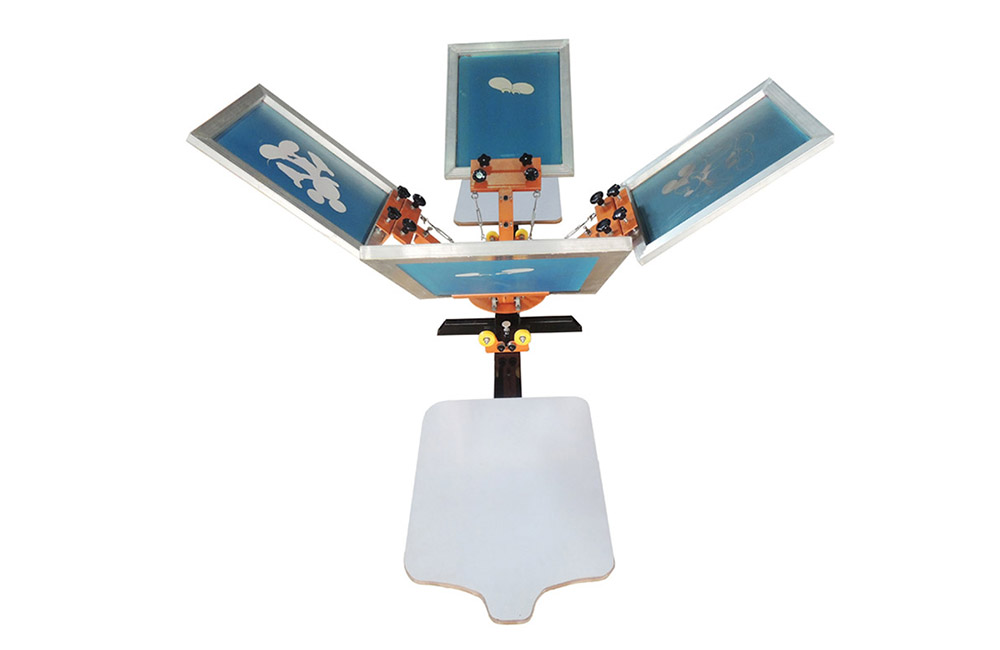How to Reduce Ink Waste with an Efficient Screen Printing Setup
Sustainable Practices for Screen Printing Businesses: Reducing Ink Waste
Screen printing is a popular method for creating high-quality prints on various surfaces, such as clothing, posters, and promotional items. However, one of the challenges that screen printing businesses face is the amount of ink waste that occurs during the printing process. Ink waste not only impacts the environment but also affects the bottom line of a business. In this article, we will discuss how screen printing businesses can reduce ink waste by implementing an efficient setup.
One of the first steps in reducing ink waste is to invest in high-quality equipment. A well-maintained screen printing press and quality squeegees can help ensure that ink is applied evenly and efficiently onto the substrate. This can help prevent over-inking, which is a common cause of ink waste in screen printing. Additionally, using the right mesh count for the design being printed can also help reduce ink waste by ensuring that the right amount of ink is deposited onto the substrate.
Another way to reduce ink waste is to properly mix and store ink. Ink that is not mixed properly or stored incorrectly can dry out or become unusable, leading to waste. By following the manufacturer’s instructions for mixing and storing ink, screen printing businesses can ensure that their ink remains usable for longer periods of time, reducing the amount of ink that needs to be discarded.
Furthermore, using the right amount of ink for each print job can also help reduce waste. By accurately calculating the amount of ink needed for a particular design and substrate, screen printing businesses can avoid over-inking and minimize ink waste. Additionally, using a scale to measure ink can help ensure that the right amount of ink is used for each print job, further reducing waste.
In addition to using the right equipment and properly managing ink, screen printing businesses can also reduce ink waste by implementing efficient printing practices. For example, using a flood stroke before each print can help ensure that ink is evenly distributed on the screen, reducing the need for additional ink to be added. Additionally, cleaning screens and squeegees regularly can help prevent ink buildup, which can lead to waste.

Another way to reduce ink waste is to properly dispose of unused or expired ink. By following local regulations for disposing of ink, screen printing businesses can ensure that unused ink does not end up in landfills or waterways, where it can harm the environment. Additionally, some ink manufacturers offer recycling programs for unused ink, providing businesses with a sustainable way to dispose of ink waste.

In conclusion, reducing ink waste in screen printing businesses requires a combination of high-quality equipment, proper ink management, efficient printing practices, and responsible disposal methods. By implementing these strategies, screen printing businesses can not only reduce their environmental impact but also improve their bottom line. By taking steps to reduce ink waste, screen printing businesses can create a more sustainable and efficient printing process.
Pre: Screen Printing vs. Heat Transfer: Which Is Best for Your Business?
Tags: